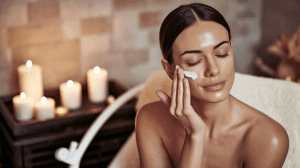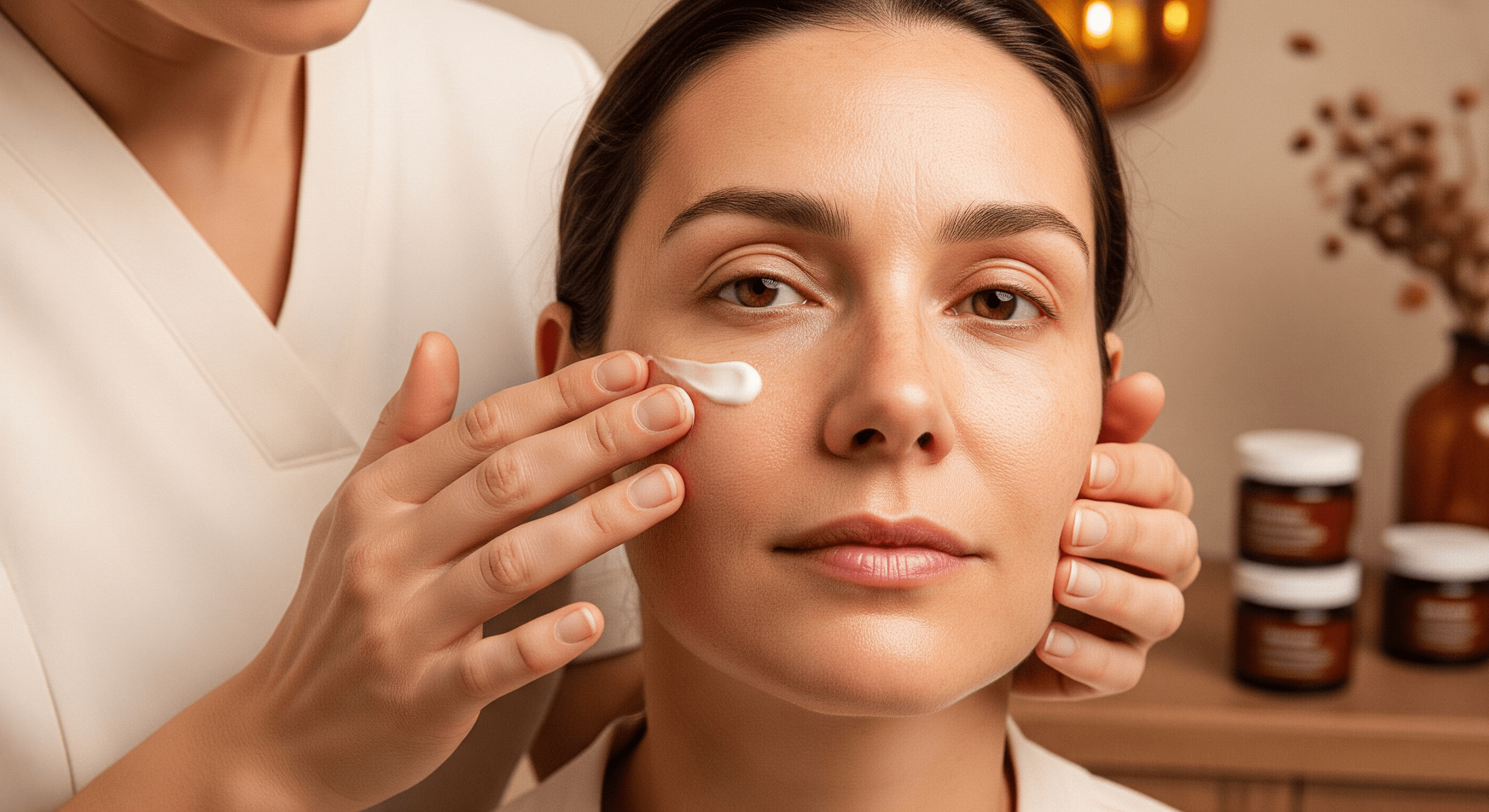Imagine your daily skincare routine doing more than just hydrating your face—it actually boosts your mood, reduces stress, and leaves you glowing inside and out. Enter neurocosmetics, the trending crossover of skincare and neuroscience. It’s not just about looking good anymore; it’s about feeling good, too.
And while some might shrug it off as just another buzzy beauty trend, the data (and dollars) say otherwise. With the neurocosmetic market projected to grow steadily over the next decade, it’s clear this fusion of feel-good ingredients and skin science is here to stay. For beauty brands, ignoring this wave could mean missing out on serious consumer love—and revenue.
TLDR – Quick Guide
- What are Neurocosmetics? Skincare products that contain ingredients targeting both skin health and mood regulation.
- Why it matters? Consumer demand for holistic beauty is surging—and they want products that care for skin and soul.
- Who’s using them? Everyone from Gen Z wellness warriors to stressed-out millennials.
- Big opportunity? Absolutely. Brands tapping into neurocosmetics are meeting the demand for emotional wellness in skincare.
- Science-backed? Yes—ingredients like adaptogens, peptides, and endorphin-boosters are clinically linked to mood effects.
Detailed Breakdown
What Are Neurocosmetics, Really?
Neurocosmetics are skincare products formulated with bioactive ingredients that interact with the skin’s nervous system, aiming to improve not just appearance but also emotional well-being. Think of them as mood-boosting moisturizers or stress-reducing serums. These aren’t just beauty products—they’re a sensorial experience powered by neuroscience.
The Ingredients That Make the Magic Happen
Some of the most popular neurocosmetic ingredients include:
- Adaptogens like ashwagandha and rhodiola: help reduce stress responses in the skin and body.
- Peptides that mimic beta-endorphins (your body’s natural “feel-good” hormones).
- Cannabidiol (CBD): often linked to calming effects for both skin and mind.
- Niacinamide: while known for skin barrier benefits, it’s also been shown to influence mood by promoting better brain-skin communication.
- Essential oils like lavender or bergamot: provide aromatherapeutic benefits during application.
According to Mintel, beauty consumers are increasingly looking for “self-care rituals” that deliver both visible results and emotional balance. Neurocosmetics hit that sweet spot.
The Science Behind the Feel-Good Glow
Your skin has a rich network of neurons, neurotransmitters, and hormone receptors, making it a prime target for neuro-active ingredients. Studies show that stress and negative emotions can directly impact the skin, leading to breakouts, dullness, and inflammation.
Neurocosmetics work in reverse—calming the skin’s stress responses and stimulating positive biochemical reactions. The result? Skin that looks and feels healthier, and users who feel just a bit more zen.
Why Brands Should Care (And Fast)
Here’s the deal: Consumers are no longer just buying products—they’re buying experiences. Neurocosmetics offer a tangible emotional benefit, something traditional skincare often overlooks.
For brands, this means:
- New positioning opportunities: Skincare that helps you de-stress? That’s powerful marketing.
- Increased product loyalty: Products that make customers feel better are harder to replace.
- Competitive differentiation: Be the brand that doesn’t just clear acne but also lifts moods.
In short, this isn’t fluff. It’s science-backed skincare with emotional ROI.
Key Takeaways
- Neurocosmetics = skincare + mood enhancement, and they’re grounded in real science.
- Consumers are prioritizing mental wellness just as much as physical appearance.
- Ingredients like peptides, adaptogens, and CBD are leading the charge.
- Emotional beauty is the next battleground—brands ignoring this are leaving money (and connection) on the table.
- The opportunity is ripe for brands to blend neuroscience with skincare for a powerful customer experience.
FAQs
1. Are neurocosmetics scientifically proven?
Yes. Many neurocosmetic ingredients are backed by research that supports their ability to affect mood and skin behavior through the nervous system. For example, peptides like palmitoyl tetrapeptide-7 have been shown to reduce inflammation and trigger endorphin release.
2. Who are neurocosmetics best for?
Neurocosmetics appeal to a wide range of users, but especially those prioritizing wellness and mental health in their self-care routines. Think busy professionals, Gen Z, or anyone dealing with stress-induced skin issues.
3. Can neurocosmetics replace traditional skincare?
Not exactly. Neurocosmetics complement traditional skincare by offering added mood and wellness benefits. They still cleanse, hydrate, or treat the skin—but with bonus emotional perks.
4. How can brands market neurocosmetics effectively?
By leaning into emotional storytelling. Highlight the dual benefits—“glow for your skin, calm for your soul”—and use sensory language that emphasizes how the product feels, smells, and uplifts.
5. Is this just a trend, or is it here to stay?
With the rise of mental health awareness and holistic beauty, neurocosmetics are poised for long-term growth. The global wellness market continues to expand, and skincare that supports emotional well-being will remain a key player.



